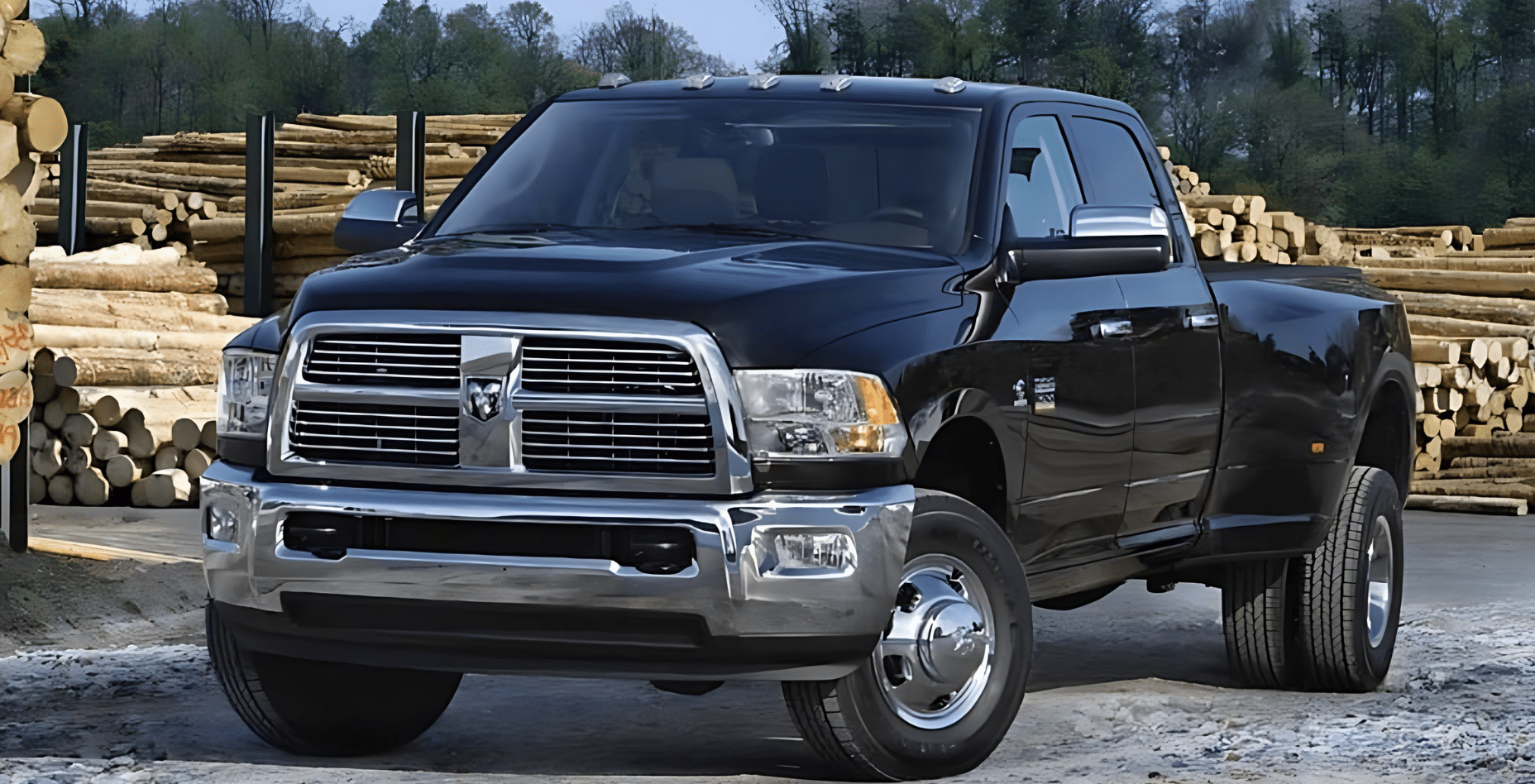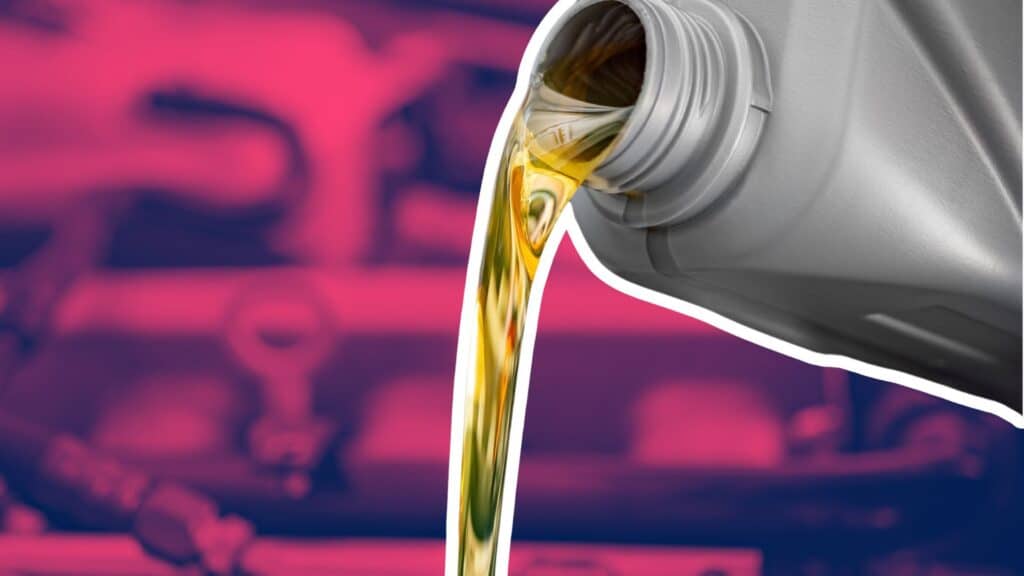Cars need oil changes to keep running smoothly. However, figuring out when to change your oil can be confusing. Many drivers aren’t sure how often they should do it, and outdated advice doesn’t help.
Don’t worry—this guide will clarify the confusion and help you determine your vehicle’s best oil change schedule.
You’ll learn why regular oil changes matter, how to know when your car needs an oil change, and what factors affect oil change frequency.
We’ll also cover tips for extending the life of your engine oil. You’ll clearly understand how to keep your engine happy and healthy with proper oil maintenance.
How Often Should You Change Your Oil?

Let’s talk about the right time to change your car’s oil. It might seem a bit complicated these days, but this guide will make it easy to understand.
1. Conventional Oil
Every 3,000 to 5,000 miles
For cars using regular oil, you’ll want to change it more often. Think about getting an oil change every 3,000 to 5,000 miles.
This might seem frequent, but it helps keep your engine clean and running well.
2. Synthetic Oil
Every 7,500 to 10,000 miles
If your car uses synthetic oil, you’re in luck! You can go longer between changes. Most vehicles with synthetic oil can safely go 7,500 to 10,000 miles before needing fresh oil.
That means fewer trips to the mechanic and more time on the road.
These are just general rules. Your car might need different care.
Oil Change Intervals by Vehicle Type
Different vehicles have different needs for oil changes. Let’s look at what’s best for your ride.
1. Passenger Cars and Light Trucks

Consider how often you should change your oil based on your vehicle type. We’ll focus on the most common types: passenger cars and light trucks.
Conventional Oil: Every 3,000 to 5,000 miles
If your car or light truck uses conventional oil, you must change it more often. Aim for every 3,000 to 5,000 miles. This might seem like a lot, but it’s important for keeping your engine in good shape.
Synthetic Oil: Every 7,500 to 10,000 miles
Good news if your vehicle uses synthetic oil! You can go longer between changes.
Most passenger cars and light trucks using synthetic oil can safely go 7,500 to 10,000 miles before needing new oil. That means less time at the shop and more time enjoying your drive.
Special Considerations: Severe driving conditions
How you drive matters. If you often face tough conditions like stop-and-go traffic, extreme weather, or many short trips, you might need to change your oil more often.
2. Luxury and High-Performance Vehicles

Let’s talk about fancy cars and speed machines. These beauties need special care to keep them purring.
Synthetic Oil: Every 5,000 to 7,500 miles
Luxury and high-performance cars usually use synthetic oil. They need oil changes more often than regular cars, about every 5,000 to 7,500 miles.
This helps keep their strong engines in top shape.
Special Considerations: High performance and track use
If you like to push your car to its limits or take it to the track, you might need to change the oil even more often. The extra stress on the engine means it needs fresh oil more frequently.
3. Diesel Trucks

Now, let’s look at the big boys – diesel trucks. These workhorses have their own set of rules.
Conventional Oil: Every 5,000 to 7,000 miles
For diesel trucks using regular oil, aim for changes every 5,000 to 7,000 miles. This keeps the engine clean and running strong.
Synthetic Oil: Every 10,000 miles or more
You’re in for a treat if your diesel truck uses synthetic oil. You can often go 10,000 miles or more between changes, which is great news for long-haul drivers!
Special Considerations: Towing and heavy-duty usage
Here’s the catch – if you use your truck for heavy work like towing or hauling big loads, you’ll need to change the oil more often. The extra strain on the engine means it needs fresh oil more frequently.
4. Hybrid and Electric Vehicles

Let’s discuss the new kids on the block—hybrid and electric vehicles. They’re a bit different when it comes to oil changes.
Oil Change Intervals: Typically every 5,000 to 10,000 miles
Hybrids still have gas engines, so they need oil changes. But the good news is that you can usually go about 5,000 to 10,000 miles longer between changes.
The electric motor takes some of the load off the gas engine.
Special Considerations: Lower engine wear and extended intervals
Hybrid engines often wear out slower than regular gas engines. This means you can stretch your oil change intervals even further.
As for fully electric vehicles, they don’t need oil changes at all! No engine oil means no oil changes. That’s one less thing to worry about.
5. Motorcycles

Motorcycles are in a class of their own regarding oil changes. Let’s see what these two-wheeled wonders need.
Conventional Oil: Every 3,000 to 5,000 miles
If your bike uses regular oil, change it every 3,000 to 5,000 miles. Motorcycles work their engines hard, so they need fresh oil more often.
Synthetic Oil: Every 5,000 to 7,000 miles
Synthetic oil lasts longer, even in motorcycles. You can usually go 5,000 to 7,000 miles between changes, which means more time riding and less time in the garage.
Special Considerations: High revving and stop-and-go traffic
Motorcycles often run at high speeds and deal with lots of stop-and-go traffic. This can be tough on the oil.
If you ride in the city often or like to open up the throttle, you might need to change your oil more often.
6. Heavy-Duty Commercial Trucks

Let’s talk about the big rigs that keep our world moving. These trucks need special care to keep them rolling down the highways.
Conventional Oil: Every 10,000 to 15,000 miles
Heavy-duty trucks using regular oil need oil changes every 10,000 to 15,000 miles. That might seem like a long time, but these engines are built tough.
Synthetic Oil: Every 20,000 to 25,000 miles
If the truck uses synthetic oil, it can go even longer – about 20,000 to 25,000 miles between changes. That’s great for long-haul drivers who need to stay on the road.
Special Considerations: Long-haul driving vs. frequent stop-and-go
How the truck is used matters a lot. Long-haul trucks that spend most of their time on highways often go longer between oil changes.
However, trucks that drive a lot of cities and make frequent stops might need oil changes more often.
7. Off-Road Vehicles

Now, let’s get down and dirty with off-road vehicles. These tough machines face some unique challenges.
Conventional Oil: Every 3,000 to 5,000 miles
Aim for changes every 3,000 to 5,000 miles if your off-road vehicle uses regular oil. The tough conditions these vehicles face mean they need fresh oil more often.
Synthetic Oil: Every 5,000 to 7,500 miles
Synthetic oil is better suited for harsh conditions. An off-road vehicle using synthetic oil usually goes 5,000 to 7,500 miles between oil changes.
Special Considerations: Dusty and dirty environments
Off-road vehicles often encounter dust, dirt, and mud, which can be hard on the oil.
If you frequently ride in dusty or muddy conditions, you might need to change your oil more often.
Signs You Might Need an Oil Change Sooner
Sometimes, your car might need fresh oil before the usual time. Here are some signs to watch out for:
| Sign | Description |
|---|---|
| Unusual Engine Noises | If you hear knocking, ticking, or rumbling noises, it might indicate that the oil isn’t keeping engine parts smooth and quiet. |
| Oil Change Light or Check Engine Light | Dashboard lights are indicators. If the oil change light comes on, change your oil immediately. The check engine light could also signal low or dirty oil. |
| Dark or Dirty Oil | Clean oil is amber-colored. If your oil looks dark brown or black or feels gritty, it’s time to change. Use the dipstick under your hood to check. |
| Decreased Fuel Efficiency | Dirty oil can make your engine work harder, reducing fuel efficiency. If you’re getting fewer miles per gallon, old oil could be the cause. |
| Engine Overheating | Oil helps keep the engine cool. If the temperature gauge is higher than normal or steam is coming from under the hood, old or low oil might be the problem. |
How to Determine the Best Interval for Your Vehicle
Finding the right time to change your oil isn’t a one-size-fits-all deal. Let’s examine how you can determine what’s best for your car.
1. Check Your Owner’s Manual
Your car’s manual is like a cookbook for your vehicle. It contains all the recipes to keep it happy.
Follow the manufacturer’s recommendations. The people who made your car know it best. They’ve done many tests to determine how often your vehicle needs an oil change.
Your manual will tell you how often to change the oil and what kind to use.
Using the right oil is just as important as changing it on time. Your manual will tell you what type of oil your car likes best.
2. Consider Your Driving Habits
How you drive can change how often you need to change your oil. Let’s look at a few things that matter.
If you mostly take short trips, your oil might need changing more often. Short trips don’t let the oil get hot enough to work well.
But if you do a lot of highway driving, your oil might last longer.
“Severe” driving conditions include stop-and-go traffic, extreme weather, dusty roads, and heavy loads, which might require more frequent oil changes.
If this sounds like your daily drive, you might need to change your oil more often than the manual says.
3. Use High-Quality Oil
The type of oil you use can make a big difference in how long it lasts.
Synthetic oil often lasts longer and protects your engine better, especially in extreme temperatures.
Think about synthetic oil if you want longer intervals between changes, drive in tough conditions, have an older car, or live in a place with extreme weather.
Final Thoughts
Now you know the ins and outs of oil changes. Keeping your engine’s oil fresh is key to a healthy, long-lasting vehicle.
Regular oil changes are necessary for driving a small car, a big truck, or anything else.
Don’t forget to check your owner’s manual for the best advice for your specific vehicle. Pay attention to how you drive and the conditions you face on the road.
Always look for signs that your car might need an oil change sooner than expected.
Following these guidelines will keep your engine running smoothly for years. So, take care of your car, and it’ll take care of you.

